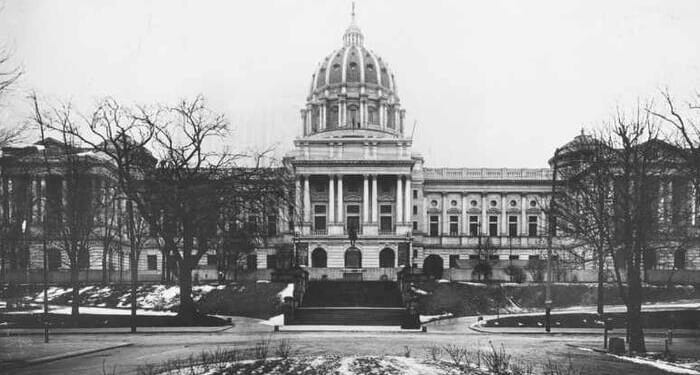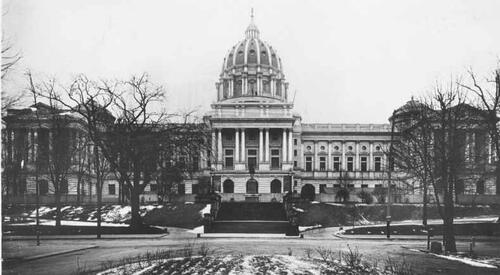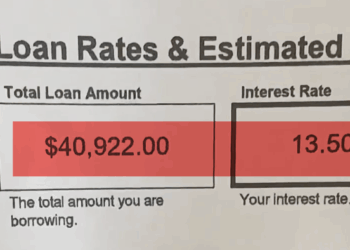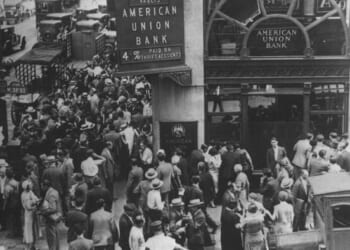Authored by John Hinshaw via RealClearPennsylvania,
The Commonwealth of Pennsylvania is pretty evenly divided, so why did voters send such a lopsided signal?
In terms of voter registration, Pennsylvanians divide their loyalty between the Republican and Democratic parties. Yet more than 60% of voters supported the retention of Democratic Supreme Court justices.
Decennial off-year elections for judges are notoriously quirky things, and only one justice has lost a retention election since 1968. And as the GOP’s base has become less country club and more country, Democrats hold an edge in more educated voters, who reliably vote even in municipal elections.
However, this was not a particularly low-turnout election. About 40% of the electorate showed up, or about two thirds more than in 2015, when these justices were first elected. This reflects the large amounts of money that Republican and Democratic groups spent to raise awareness and to encourage participation.
Moreover, in two judicial elections where a Republican faced a Democrat, Democrats won around 56% of the vote. Other down ballot elections tell a similar story of a blue wave. Democrats swept control over the Luzerne County Council. In Allegheny County, Republicans lost all but eleven elections they contested. School board elections in suburban Philadelphia likewise saw a Democratic sweep.
The elections signal the erosion of once-stalwart Republican strongholds, such as Lancaster County. In 2015, Democrats won just under 36% of the vote in that year’s judicial election. In 2025, that figure was 48%. Likewise, Democrats increased their share of the electorate from 45% to 62% of the vote. In more rural counties, like Perry or Juniata, Republicans held onto voters. The problem is that increasingly voters are living in Southern or Eastern counties that more closely resemble counties like Lancaster or Chester than Perry or Juniata.
Democrats were energized by the Trump presidency for a host of reasons that you can imagine for yourselves. Likewise, Republican voters were not particularly energized, if for no other reason than President Trump was not on the ballot.
Of course, one swallow does not make a summer, but if this is the electorate that shows up in 2026, Republicans would likely lose some vulnerable seats in the House of Representatives (like Mackenzie and Perry) and likely control over that body. Republicans certainly hope that the economy improves for everyday voters by the midterms and are downplaying these election results.
In our era of nationalized elections, local elections are reasonably good indications of how, and who, will show up to vote. So, let’s glean what we can from the races in Virginia, New Jersey, and Georgia.
Until Tuesday, Republicans had high hopes that they were assembling a diverse working-class coalition. In 2024, significant numbers of working-class Latinos and African Americans voted for Trump. That support evaporated on Tuesday.
In Virginia, Republicans lost whatever ground the GOP had gained with Black, Hispanic, and Asian voters. The spread between the 2024 and 2025 races indicate a loss of 20% of the vote share of Latino voters, 11% of Blacks, 42% of Asian Americans, and 17% of those with incomes under $100,000. This is why Abigail Spanberger won, and Democrats picked up 13 seats in the House of Burgesses. The shift in Latino voters was also evident in New Jersey. In Union City, a city that is more than 80% Latino, more supported Sherill than had voted for Kamala Harris last year.
Georgia also had elections on Tuesday, and Democrats won their first state-wide elections since 2006, flipping two seats on the Public Services Commission. This was a low turnout election, with about 20-30% of the rate of the last presidential race. (Morris breaks down figures by county). Morris observes a consistent shift in Democratic vote share, consistent with the new reality that Democratic voters tend to show up for off-year elections more so than Republican voters.
But Virginia and New Jersey’s elections were not low turnout affairs. There, turnout was about 65-80% of the size of 2024 presidential election. There, the same pattern emerges of a strong shift toward Democrats.
Exit polls showed that around two thirds of voters concerned about the economy voted for Democratic governors. In 2024, Trump won 81% of those voters. That’s a 93% shift in voter sentiment on that issue and should be a klaxon for Republican elected officials. These election results indicate that Democrats are overperforming their 2024 baseline by 8% points. That’s a strong indication of a blue wave like in 2018.
It’s quite possible that the electorate’s mood will sour more by 2026. Today, voters are dealing with higher prices, which they hate, and levels of economic pessimism are growing due to tariffs, the threat of AI on jobs, etc. The labor market is not booming, but we have not yet experienced the kinds of layoffs that typically accompany recessions. Last Tuesday voters were worried about rising costs of health insurance, or the possibility of hospital closures; by 2026, those will be realities they are living with.
It’s likely that the government shut down had raised the profile of the cuts to health care subsidies, or Medicaid, or SNAP, and that voters’ anxiety or anger about that has peaked. Perhaps forces will shift voters’ attentions to culture war issues.
If not, or if the economy deteriorates further, voters’ moods would darken further and likely take it out on the party in control of government. In this election cycle, Democrats came close to winning the partisan judicial races in ruby red counties like Washington (where Trump won 63% of the vote), or Adams, where Trump won 66% of the vote. In that scenario, Republicans would likely lose control over the state Senate.
Buckle up, we’re in for a heck of a ride.
Loading recommendations…


















